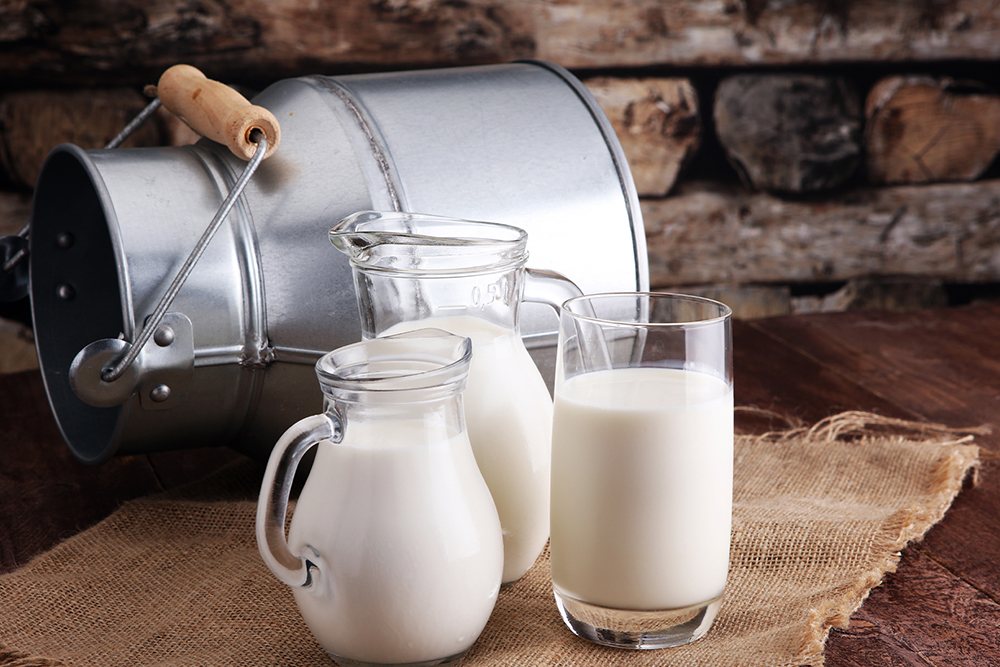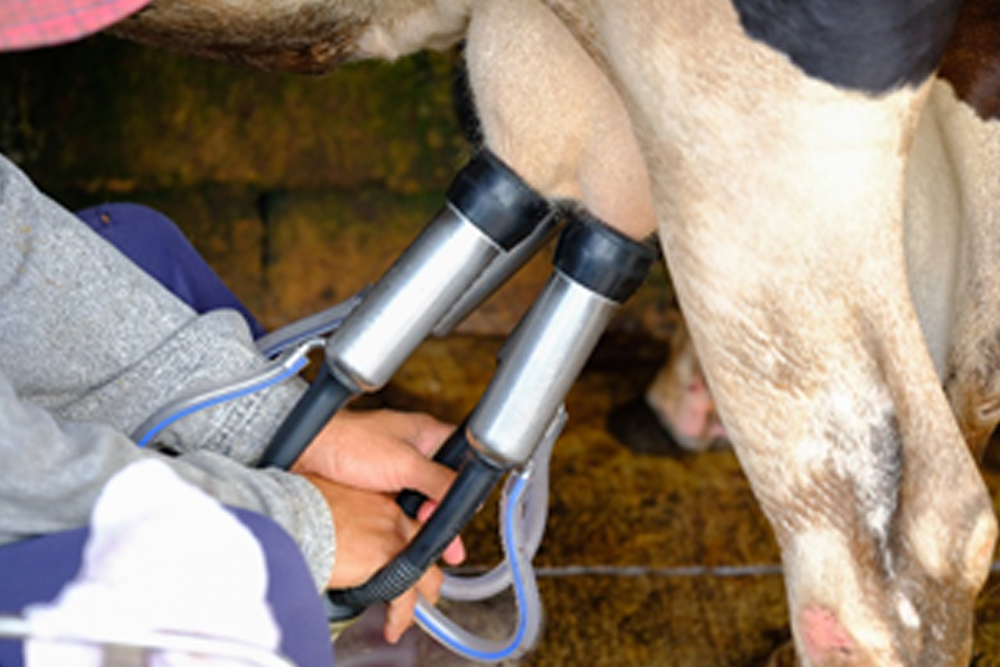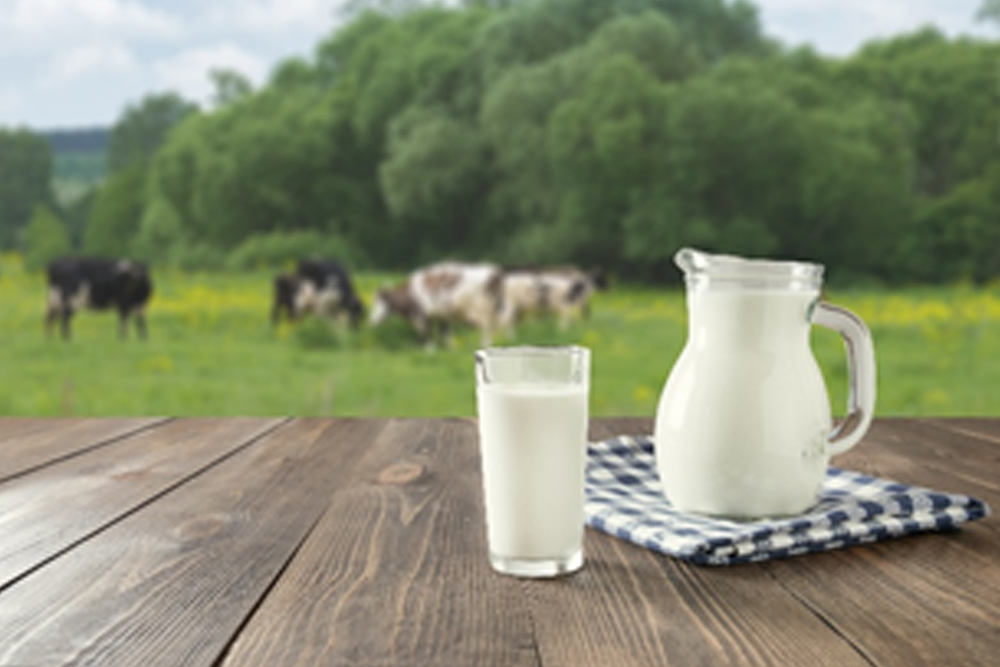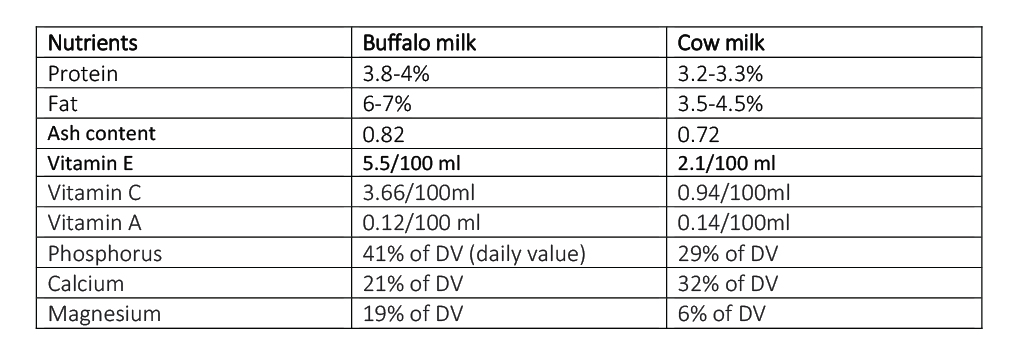NUTRIENT VALUE OF BUFFALO VS. COW’S MILK

Milk and milk products are rich sources of calcium and doctors recommend consuming milk and milk products daily to stay healthy and fit. The major milk production of the world comes from cow, buffalo, goat, sheep and camel.
Among them, cow’s milk is the most consumed, followed by buffalo milk. Often people discuss the nutrient values between cow’s milk and buffalo’s milk. Like cow’s milk, buffalo milk is rich in nutrients, which have many health benefits. Buffalo milk is used in curd, cheese, butter, ghee and ice cream and is known for its creamy and rich texture.
However, due to the high-fat content in buffalo milk, it is less popular for people looking to lose weight.

Sources of milk from buffalo and cow
Buffalo milk derived from a class of mammals, Bubalus bubalis, has different varieties around the world. In Pakistan we have Nili Ravi & Kundi breeds of buffalo. Among the different types of buffaloes, water buffaloes are the major contributor to the milk production of buffaloes.
India and Pakistan contribute about 80% of the total milk production of buffalo worldwide. Dairy buffaloes, seen in the Mediterranean and European continents, produce milk, which is mainly used to make cheese.
Cow’s milk comes from the family Bovidae, which is usually of the Bos Taurus species. Domesticated or domesticated cows are the most common farm animals in the world. In Pakistan, Sahiwal, Cholistani, Tharparkar, and Red Sindhi are some of the milking cow breeds. While major portion of cow’s milk in Pakistan is coming from imported cows from Australia, Holland and America.

Nutritional value: Buffalo milk vs. Cow’s milk
Cow’s milk is a nutrient-packed product. It consists of a heterogeneous mixture of water (87.4%) and milk solids (12.6%), which includes vitamins, minerals, carbohydrates, fats and proteins (casein and whey protein).
The primary carbohydrate is lactose, the level of which varies between species.
Buffalo milk contains high protein and unsaturated fatty acids, which have a higher antioxidant capacity than cow’s milk. With more water and milk solids, buffalo milk is highly thickened, which gives it a rich and creamy texture, so it is perfect for the production of butter, cream, yogurt, cheese and ice cream. is considered correct.
Below are the approximate nutrients and calories in 250 ml of buffalo and cow’s milk.


The above table shows that buffalo milk contains more protein, fat and lactose than cow’s milk. Milk with high protein content increases the feeling of fullness and can help reduce food intake, weight gain and excess fat. However, if you are lactose intolerant or want to reduce your fat intake, then cow’s milk will be good. Buffalo milk contains more vitamins and minerals. Here are the values of different nutrients in cow and buffalo milk.

Buffalo milk contains a higher amount of vitamin A than cow’s milk because buffalo has the ability to convert beta-carotene (an antioxidant that gives milk the yellow color in cow’s milk) to vitamin A. has capacity.
Everyday, an efficient milking cow or buffalo needs a dry matter intake equivalent to at least 3% of their body weight. Dasan provides a variety of dairy feeds for cows as well as buffalos, required per their production and lactation stage. Dasan Feeds are ranked among the best dairy feeds / best dairy wanda in Pakistan.
